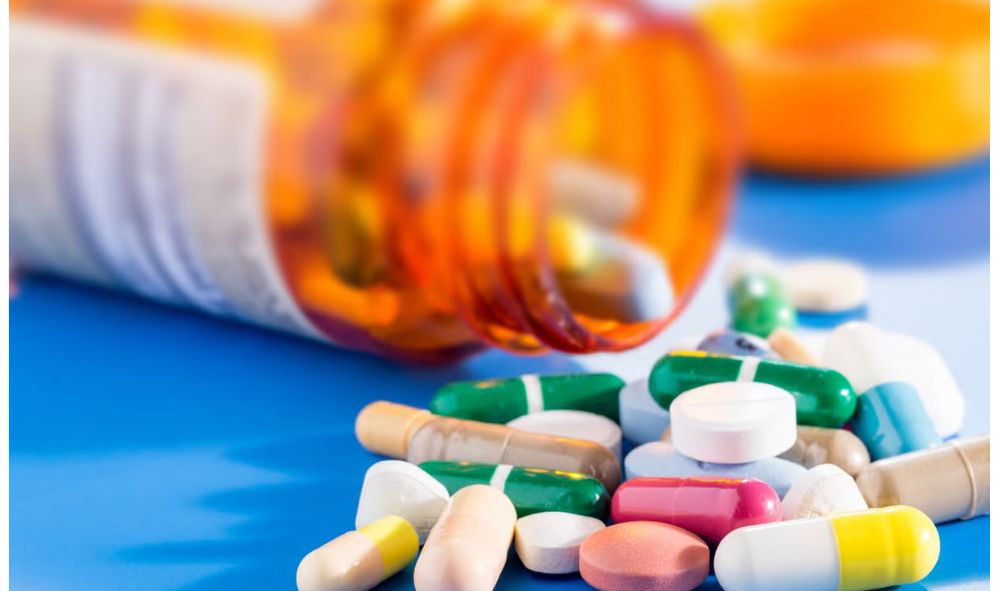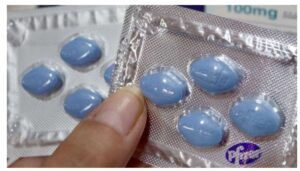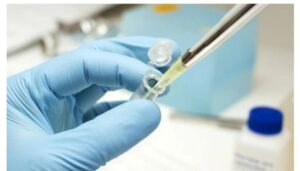Lecturers ranked among top drug suppliers to university students

National Authority for the Campaign Against Alcohol and Drug Abuse (NACADA) names lecturers among top drug suppliers to university students
National Authority for the Campaign Against Alcohol and Drug Abuse (NACADA) names lecturers among top drug suppliers to university students.
The code of conduct among lecturers in universities have been put on the spot after a report by the National Authority for the Campaign Against Alcohol and Drug Abuse (NACADA) listed lecturers among those who are supplying drugs to students.
In a recent survey done on 15,730 sample students, NACADA found that nearly half of university students use drugs with their lecturers being among those who supply the drugs to them.
The report titled Status of Drugs and Substance Use Among University Students in Kenya revealed that seven percent of the students got drugs from their lecturers.
“We were asking them, where do they get these drugs and we found that the teaching staff is supplying them, seven percent of them are getting the drugs from the teaching staff,” the Director Research, Standards and Licensing NACADA John Muteti revealed.
NACADA further found that parents are also not innocent as some of them are also major suppliers of these drugs.
“Can you imagine, if the lecturer can sell that, how dangerous can that be? We also found that parents are also supplying these drugs. They store them in the fridge and students access them, others go further to take the students with them and take the drugs together because the students are older,” Muteti continued.
Other suppliers included friends at 66 percent. The report also highlights other key sources, including canteens, bars, and premises near universities, which account for 59.3 percent of drug access.
Within institutions, fellow students play a significant role, supplying drugs to 56 percent of users, while online purchases through websites and social media account for 39.4 percent.
Canteens and bars within university premises contribute 28.0 percent, with non-teaching staff standing at 11.4 percent.
Waititu requests to be hospitalised after 12-year sentencing
KMTC lists physiotherapy and 4 other courses with high demand in the US, UK
Government to deploy intelligence officers at universities
Mother abandons newborn in hospital after seeing the baby with rare deformity
Why I will never vie again under UDA party – Wamuchomba
UDA announces grassroots elections in 22 counties
According to the report, one in every two university students in Kenya has used drugs or substances of abuse at some point in their lives.
NACADA found that alcohol is the most commonly used substance, with a prevalence rate of 40.5 percent, followed by cigarettes at 13.4 percent and shisha at 10.9 percent.
Other widely available substances include cigarettes 64.4 percent, shisha 41.2 percent, vape or e-cigarettes 31.0 percent, nicotine pouches 30.7 percent, kuber 23 percent, and snuff or chewed tobacco 22.1 percent.
Among narcotic drugs, smoked cannabis is the most accessible at 61.7 percent, followed by cannabis edibles 47.6 percent, cocaine 15.1 percent, and heroin 14.3 percent. The report also highlights a growing variety of cannabis edibles, including weed cookies, mabuyu, lollipops, and juice.
Interior Cabinet Secretary Kipchumba Murkomen who was present during the report launch, vowed that the Ministry would be launching a crackdown against drug use in universities.
Four people arrested over multi-billion KUSSCO scandal
Ferdinand Waititu sentenced to 12 years in prison
Gachagua allies respond after being stripped of Senate committee chairmanship
Female university student found dead in her rented house
Government responds after reports of deported Turkish national winning affordable housing tender
Follow us







